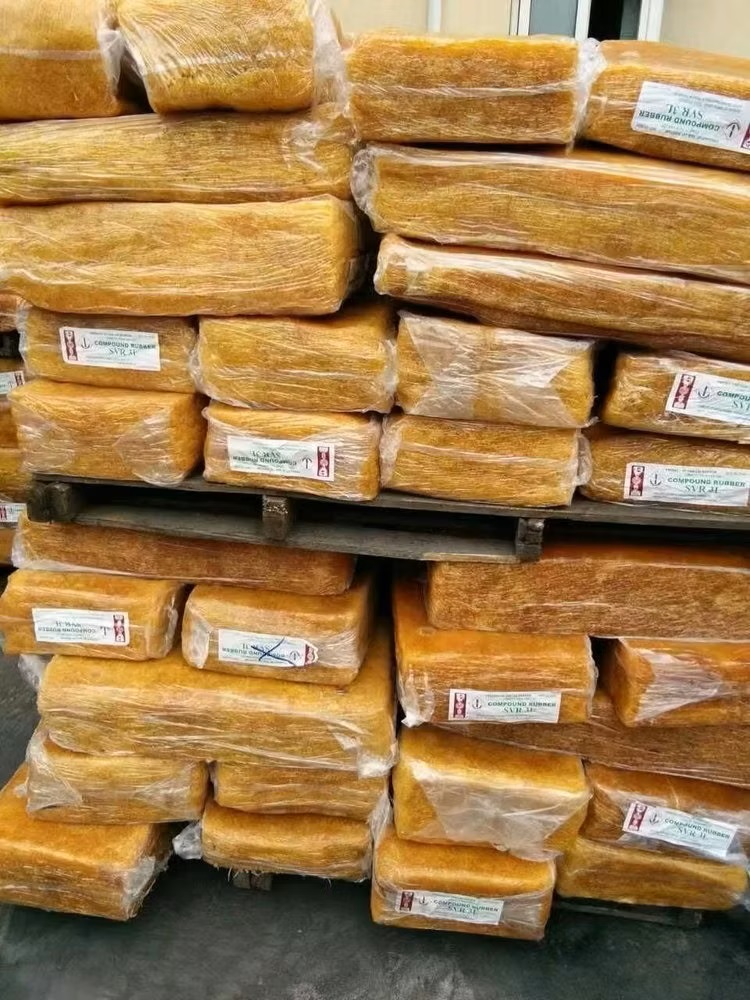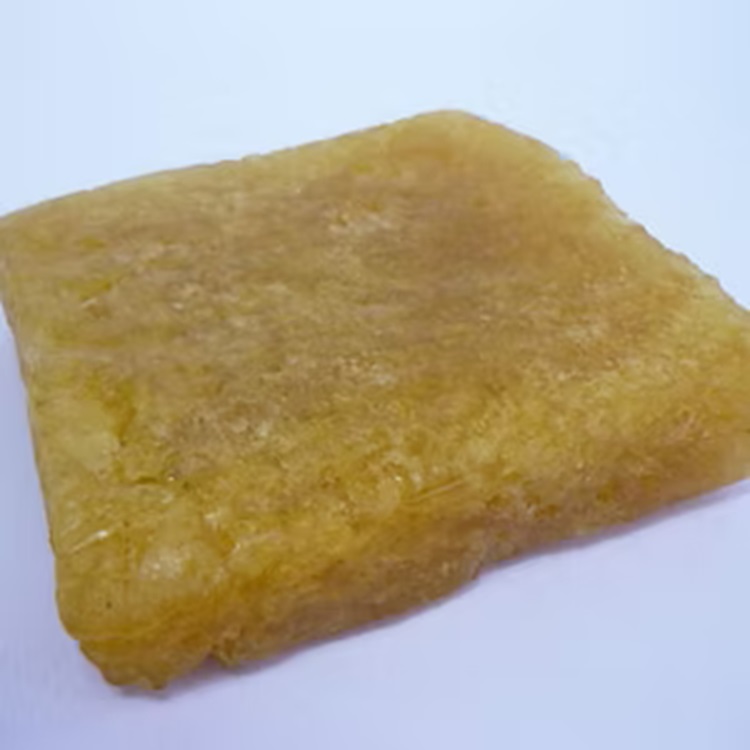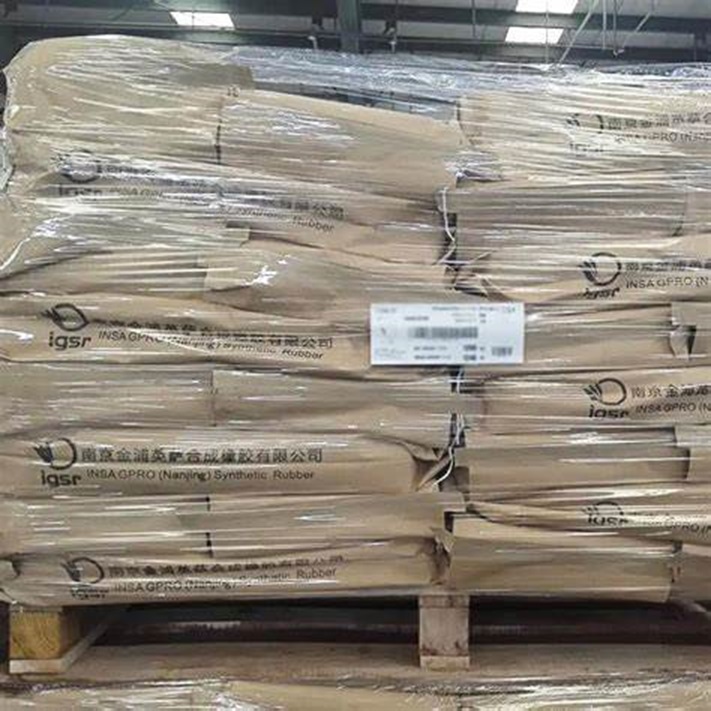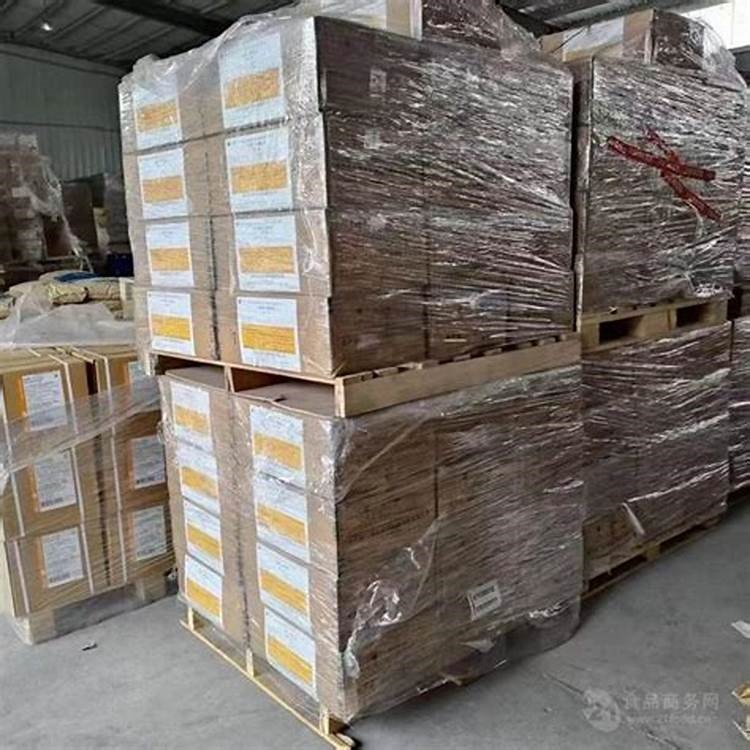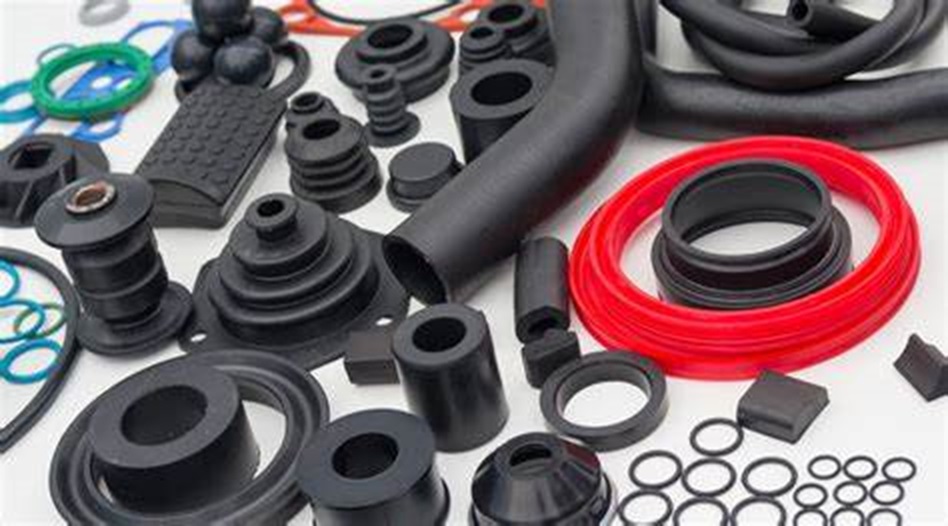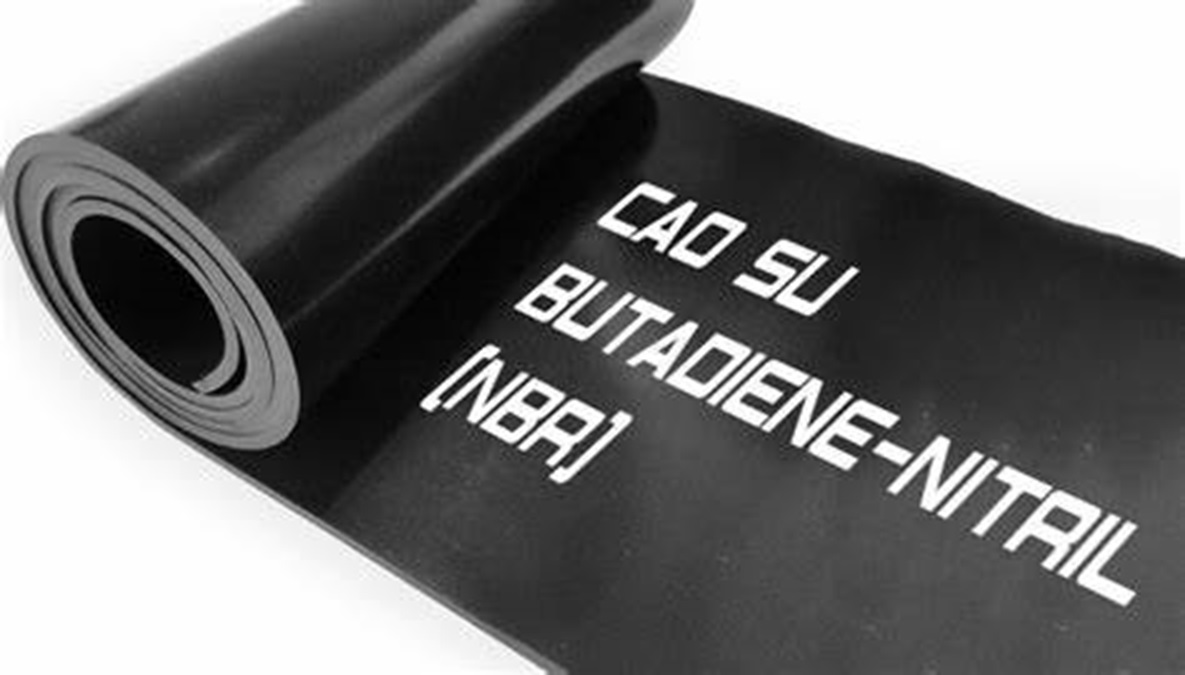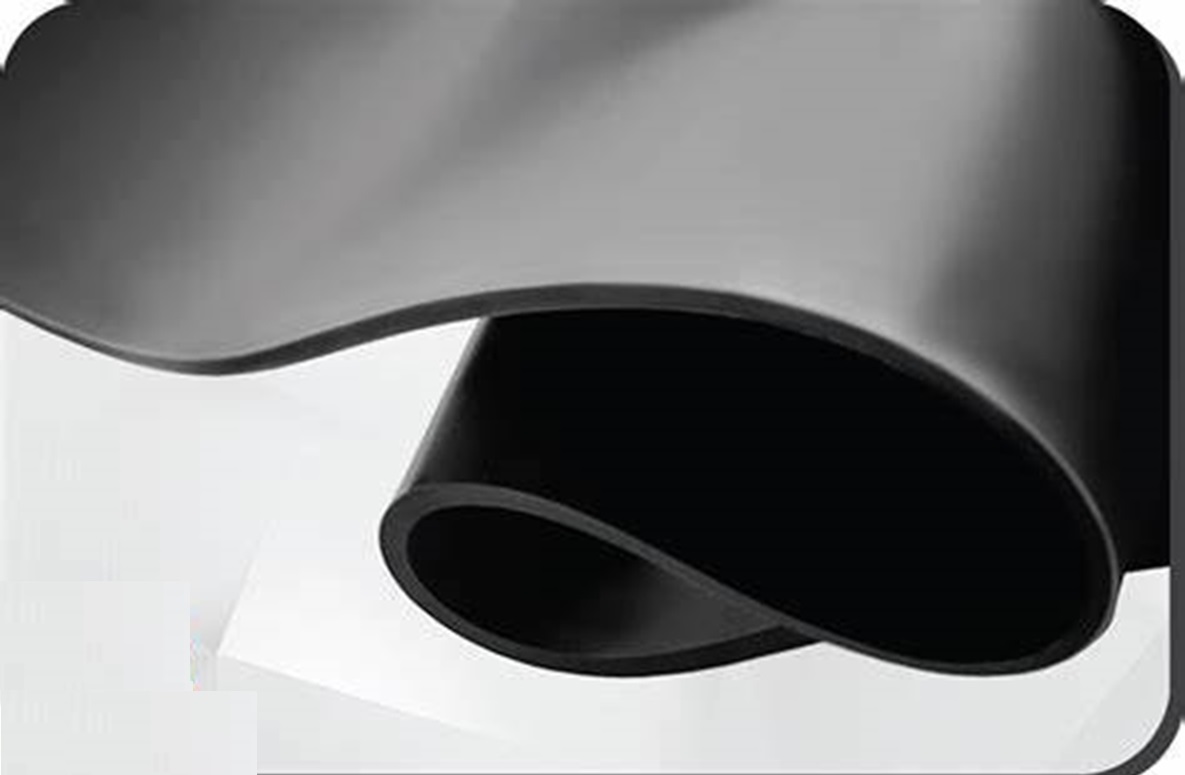We unleash your business potential by maximize the business innovation.
Send EmailNitrile Butadiene Rubber, Nitrile Rubber, Buna-N, Perbunan NBR, 9003-18-3
The CAS number for Nitrile-Butadiene Rubber (NBR) is 9003-18-3
Nitrile-Butadiene Rubber (NBR), also known as Buna-N or nitrile rubber, is a synthetic rubber copolymer made from acrylonitrile and butadiene. Here are some key details about NBR:
Here are the physical and chemical properties of Nitrile-Butadiene Rubber (NBR):
Physical Properties
-
Appearance: Solid or viscous liquid, depending on the degree of polymerization.
-
Density: 1.00 - 1.20 g/cm³.
-
Temperature Range: -40°C to 108°C.
-
Solubility: Soluble in oils, fuels, and other organic solvents.
Chemical Properties
-
Chemical Formula: (C₃H₃N)x(C₄H₆)y.
-
Molecular Weight: Variable, depending on the degree of polymerization.
-
Oil Resistance: Excellent resistance to oils, fuels, and chemicals.
-
Stability: Stable, but combustible. Incompatible with strong oxidizing agents.
These properties make NBR suitable for various applications, including automotive, industrial, and consumer products.
General Information
-
Composition: NBR is composed of acrylonitrile and butadiene monomers. The acrylonitrile content typically ranges from 18% to 50%, which affects the rubber's properties.
-
Production: NBR is produced through emulsion polymerization.
Properties
-
Oil Resistance: Excellent resistance to oils, fuels, and other chemicals.
-
Temperature Range: Typically between -40°C and 108°C.
-
Durability: High tensile strength and abrasion resistance.
-
Elasticity: Good flexibility and resilience.
Uses
-
Automotive Industry: Used in fuel and oil handling hoses, seals, and grommets.
-
Industrial Applications: Used in conveyor belts, hydraulic hoses, and seals.
-
Consumer Goods: Used in gloves, footwear, and other items requiring oil resistance.
-
Adhesives and Sealants: Used in various adhesives and sealants due to its strong bonding properties.
Advantages
-
Chemical Resistance: Resistant to a wide range of chemicals, including oils and fuels.
-
Versatility: Suitable for a wide range of applications due to its unique properties.
These details provide a comprehensive overview of Nitrile-Butadiene Rubber (NBR) and its significance in various industries.
Nitrile-Butadiene Rubber (NBR) is also known by several other names and classifications, depending on its composition and production process. Here are some alternative names and classifications:
-
Buna-N: A trade name for NBR, derived from the German words "Butadien" and "Natrium" (sodium), which were used in the polymerization process.
-
Perbunan: Another trade name for NBR, often used in Europe.
-
Nitrile Rubber: A common name used to refer to NBR in various industries.
These names and classifications help to identify the specific properties and uses of the rubber.
Nitrile-Butadiene Rubber (NBR) is also known by several other names and classifications, depending on its composition and production process. Here are some alternative names and classifications:
-
Buna-N: A trade name for NBR, derived from the German words "Butadien" and "Natrium" (sodium), which were used in the polymerization process.
-
Perbunan: Another trade name for NBR, often used in Europe.
-
Nitrile Rubber: A common name used to refer to NBR in various industries.
These names and classifications help to identify the specific properties and uses of the rubber.
